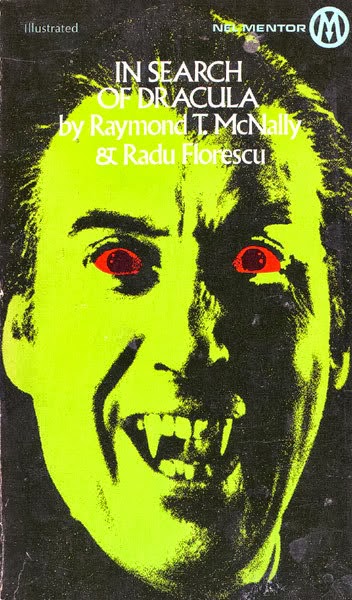That excellent Margalit Fox at the New York Times penned a postmortem for a Romanian academic who became an unlikely literary superstar when his story intersected with that of one of the world’s most feared figures. An excerpt:
“The first of his many books on the subject, In Search of Dracula, published in 1972 and written with Raymond T. McNally, helped spur the revival of interest in Stoker’s vampirical nobleman that continues to this day.
‘It has changed my life,’ Professor Florescu told The New York Times in 1975. ‘I used to write books that nobody read.’
Radu Nicolae Florescu was born in Bucharest on Oct. 23, 1925. As he would learn in the course of his research, he had a family connection to Vlad, who was known familiarly if not quite fondly as Vlad Tepes, or Vlad the Impaler: A Florescu ancestor was said to have married Vlad’s brother, felicitously named Radu the Handsome.
At 13, as war loomed, Radu left home for London, where his father was serving as Romania’s acting ambassador to Britain. (The elder Mr. Florescu resigned his post after the dictator Ion Antonescu, a Nazi ally, became Romania’s prime minister in 1940.)
The younger Mr. Florescu earned bachelor’s and master’s degrees in politics, philosophy and economics from Oxford, followed by a Ph.D. in history from Indiana University. He joined the Boston College faculty in 1953.
In the late 1960s, Professor McNally, a colleague in the history department, grew intrigued by affinities between events in Stoker’s novel, published in 1897, and the actual history of the region. He enlisted Professor Florescu, and together they scoured archives throughout Eastern Europe in an attempt to trace Count Dracula to a flesh-and-blood source.”

